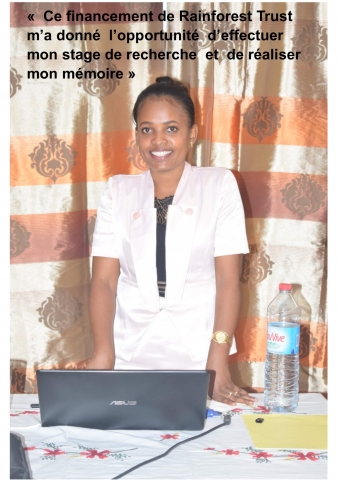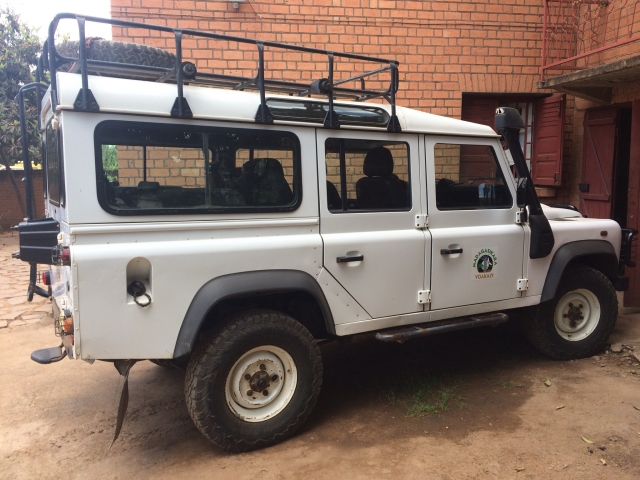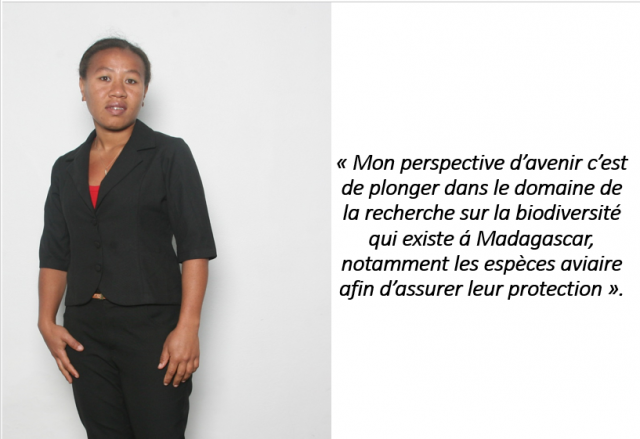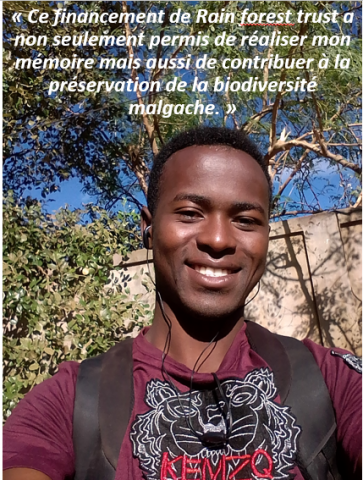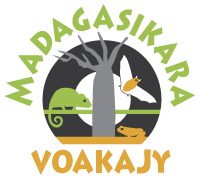Zakia nous partage son expérience au cours de son mémoire!
ZAKIA KAMARDINE (This email address is being protected from spambots. You need JavaScript enabled to view it.) est l’une des étudiantes en Master de l’université d’Antsiranana qui, grâce au financement de Rainforest Trust et en collaboration avec Madagasikara Voakajy, a pu terminer son mémoire de Master. Le thème de son mémoire est : STRUCTURE ET DISTRIBUTION ECOLOGIQUE DE LA COMMUNAUTE BATRACOFAUNIQUE DU COMPLEXE BOBAOMBY, REGION DIANA, MADAGASCAR.
Elle nous partage son expérience au cours de la réalisation de son mémoire.
La descente sur terrain m’a permis de me familiariser avec le travail d’un Environnementaliste, de vivre un vrai esprit d’équipe et une vie associative.
En effet, c’était toute une nouvelle expérience car auparavant les connaissances acquises étaient principalement théoriques. La réalisation du mémoire m’a permis de : connaitre et maîtriser les méthodes d’inventaire biologique communément adoptées, savoir comment établir des cartes et traiter les données obtenues et maîtriser des logiciels que je ne savais pas utiliser auparavant.
